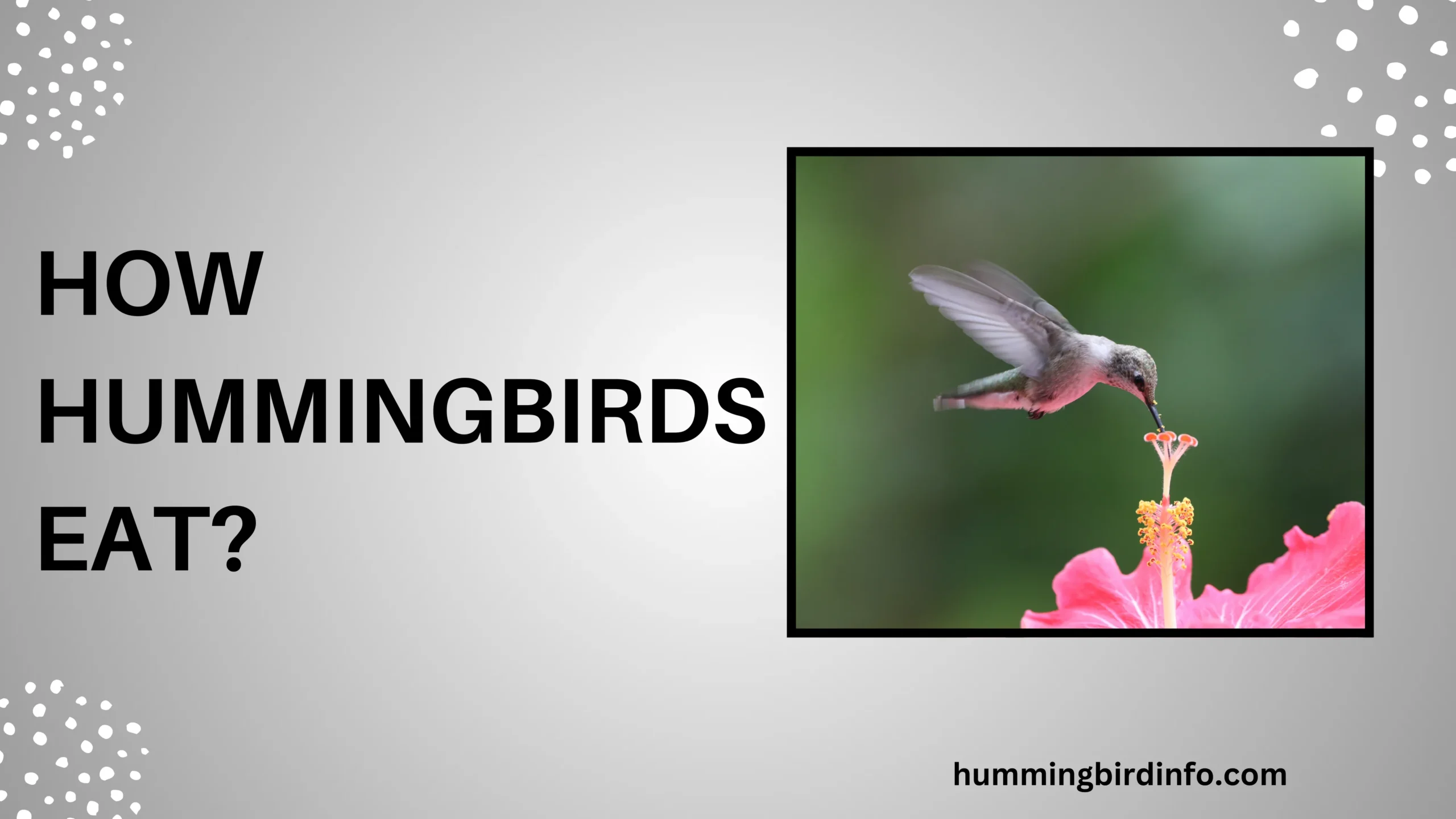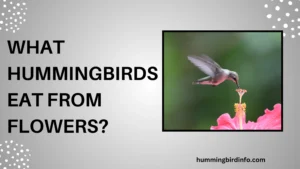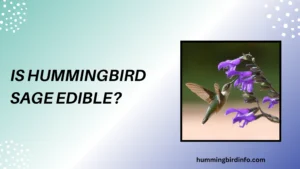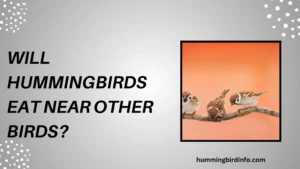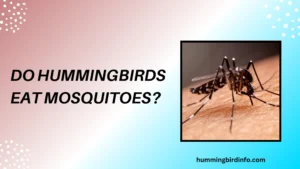Hummingbirds are more than just dazzling flashes of color in the garden — they are tiny metabolic marvels. To keep up with their rapid wingbeats and intense energy needs, they must constantly refuel, making their feeding habits one of the most fascinating in the bird world. But how do these miniature birds keep themselves going?
The answer lies in a complex and efficient eating system built for speed, precision, and high performance.
Many people assume hummingbirds live only on nectar, flitting from flower to flower for a sweet drink. While nectar is certainly their main energy source, this assumption leaves out an essential part of their diet: insects.
These creatures may be small, but they require protein, vitamins, and minerals for muscle development, feather health, and reproduction — all of which insects provide.
The secret to how hummingbirds eat lies in their specialized anatomy — including long, slender beaks and remarkably evolved tongues. This post will explore how nectar fuels them, why insects matter, and how their body has adapted to make feeding fast and efficient.
You’ll also learn how flowers and hummingbirds have shaped each other through co-evolution, and how humans can help support their nutrition.
Contents
The Importance of Nectar — A Sugary Fuel
Nectar is a sugar-rich liquid produced by flowers to attract pollinators. In hummingbirds’ case, it serves as their primary fuel source, providing quick energy through natural sugars like sucrose, glucose, and fructose. Each flower offers a slightly different nectar blend, depending on the plant species and environment.
Because nectar is mostly sugar and water, it’s easy to digest and metabolize quickly. Hummingbirds consume up to half their body weight in nectar daily and visit flowers every 10–15 minutes. This non-stop feeding schedule keeps their metabolism running and powers their constant hovering.
Hummingbirds are drawn to brightly colored flowers, especially red, orange, and pink. These flowers often have tubular shapes, which are perfect for the bird’s long beaks and allow access to nectar deep inside. Their excellent vision and memory help them locate and revisit flowers with the richest nectar supplies.
In backyard feeders, nectar is mimicked by a 1:4 sugar-to-water ratio. This simple mix offers the same quick energy without the risks of natural spoilage. Avoid honey, brown sugar, and artificial sweeteners as they can be harmful or promote dangerous mold growth in feeders.
Carbohydrates from nectar are burned rapidly, powering not just wingbeats, but also brain activity and body heat. It’s the carb-heavy diet that allows them to hover like helicopters, migrate across continents, and stay warm through cold nights — a lifestyle only possible with a steady stream of sugar.
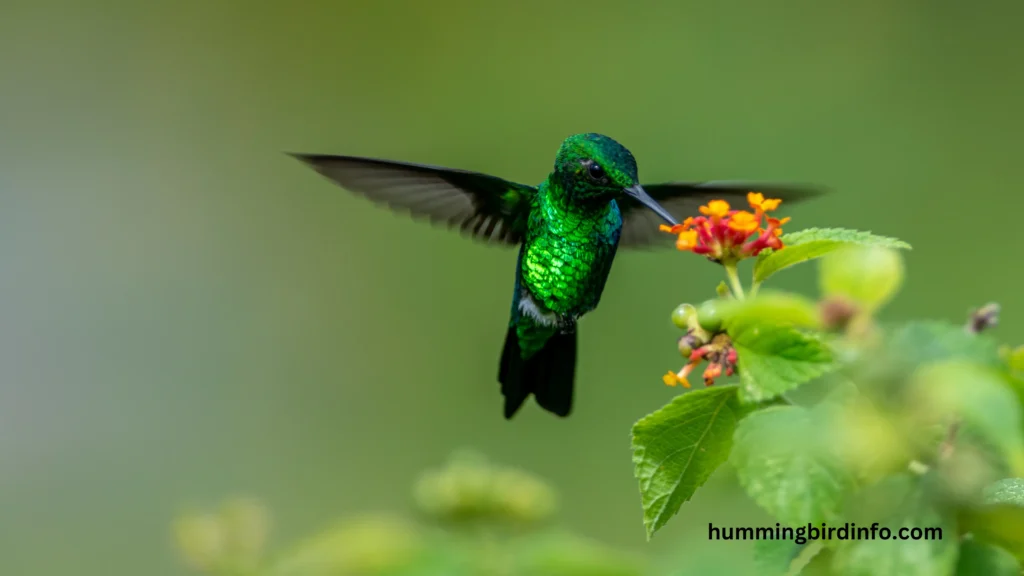
Insects and Protein — Essential Building Blocks
While nectar is fuel, insects are food. Nectar provides energy, but it lacks the amino acids, fats, and nutrients that hummingbirds need to grow, repair tissue, and reproduce. For this, hummingbirds turn to tiny prey like fruit flies, mosquitoes, aphids, spiders, and gnats.
These birds are expert insect hunters. They can catch flying insects in midair, snatch spiders from their webs, or pick off bugs resting on leaves and flowers. This versatile foraging method ensures a balanced diet and allows them to feed young chicks with protein-rich insects.
Female hummingbirds especially need insects for egg development. Young hummingbirds need protein to grow muscles, build feathers, and strengthen their immune systems. Without bugs, a hummingbird couldn’t thrive — or survive past infancy.
Insects offer complete proteins, meaning they provide all essential amino acids. They also supply fats, which are stored for migration and torpor, and micronutrients like iron, calcium, and B vitamins, crucial for health and longevity.
A single hummingbird can eat hundreds of insects a day, especially during breeding season. Their ability to switch between sipping nectar and snapping up bugs shows just how adaptable and efficient these birds really are.
The Anatomy of Eating — Specialized Beaks and Tongues
The hummingbird’s beak is a marvel of biological engineering. It’s long, thin, and often slightly curved — perfectly suited for reaching into tubular flowers. Beak shapes even vary by species, depending on the shape of flowers in their local habitat, a result of co-evolution.
Inside the beak lies the real magic: the tongue. Hummingbird tongues are long, forked at the end, and coated with tiny hair-like structures called lamellae. When not in use, the tongue wraps around the back of the bird’s skull, coiled like a spring.
The tongue is controlled by a complex structure called the hyoid apparatus, which helps it extend and retract rapidly. Hummingbirds can dart their tongue in and out of a flower up to 12–18 times per second, far faster than the blink of an eye.
For a long time, scientists believed hummingbirds used their tongues like straws. But high-speed video footage revealed a different truth. Their tongues act more like pumps, with the lamellae expanding in nectar and then collapsing to trap liquid inside.
This lapping mechanism allows for maximum nectar collection in minimum time. The tongue scoops up nectar and pulls it back into the mouth with each stroke. It’s an incredibly efficient system built to meet the demands of their fast-paced lifestyle.
The Mechanics of Nectar Consumption — A Tongue in Action
While capillary action plays a small role, it’s the tongue’s motion that does most of the work. The forked tips of the tongue spread wide as they enter nectar, using their lamellae to create surface tension that traps liquid.
The tongue is then quickly retracted, collapsing the forks to hold nectar securely. This process is repeated at breakneck speed — a rhythm essential for feeding from multiple flowers in just a few seconds each.
Thanks to the forked structure, hummingbirds can carry more nectar per stroke than a flat tongue would allow. The shape increases surface area, making the capture process even more efficient during each extension.
Despite drinking liquid, hummingbirds don’t tilt their heads back to swallow. Instead, their tongue action alone moves nectar from the tip of the flower into their throat and stomach, all in a continuous, fluid motion.
Their method of nectar consumption is not only fast and precise, but also crucial for survival. Every detail — from tongue flexibility to the way their lamellae move — supports their need to feed up to 1,500 times per day.

Flower Preferences and Foraging Behavior
Hummingbirds are naturally drawn to red, orange, and pink flowers, as these colors signal high-nectar content. They prefer tubular blossoms that match the shape of their beaks, allowing for easy access and minimal competition from other pollinators.
Some flowers even have nectar guides, markings that direct hummingbirds to where the nectar is hidden. These visual cues help them feed more quickly and waste less energy hovering around unproductive blooms.
Their foraging strategy involves hovering and sipping nectar rapidly, sometimes perching if the flower structure allows. They often visit hundreds of flowers a day, building mental maps of where the richest food sources are.
Hummingbirds can be fiercely territorial. If they find a garden or feeder with a consistent nectar supply, they may defend it aggressively from other hummingbirds or even insects like bees and butterflies.
Using visual landmarks and spatial memory, they remember exactly which flowers they visited, which are refilled with nectar, and which feeders have been recently replenished. Their brains are fine-tuned for this high-speed food tracking.
Conclusion
The way hummingbirds eat is a story of evolution, efficiency, and survival. From their sugar-fueled diet of nectar to the protein-rich insects that help them grow, everything about their feeding behavior is perfectly adapted for their unique lifestyle.
Their long beaks and specialized tongues are tools crafted by nature for speed and precision. The rapid lapping action of the tongue, the flexible forks, and the way nectar is trapped and delivered to their throat all point to a highly evolved feeding system.
Hummingbirds don’t just sip sugar water — they are nimble hunters, active pollinators, and finely tuned athletes of the bird world. Their relationship with flowers has shaped entire ecosystems, supporting plant reproduction while keeping themselves nourished.
By understanding how hummingbirds eat, we gain insight into how delicate and interdependent nature can be. And with that understanding, we can better appreciate — and help preserve — the beautiful complexity of their world.
From choosing the right flowers to avoiding pesticides, even simple choices in your garden can make a big difference in the life of a hummingbird.
FAQs
1. Do hummingbirds only eat nectar?
No, they also eat insects and spiders, which provide essential protein, fats, and nutrients not found in nectar.
2. How often do hummingbirds eat?
They feed every 10–15 minutes, consuming up to twice their body weight in food each day.
3. How do hummingbirds drink nectar?
They use a forked, flexible tongue to lap up nectar rapidly, not suck it like a straw.
4. Can I use honey or brown sugar in feeders?
No, only use white granulated sugar mixed with water. Other types can cause fermentation or bacterial growth.
5. Do hummingbirds eat mosquitoes?
Yes, they eat mosquitoes, gnats, fruit flies, and other small insects, which are vital for their diet.
6. Why do hummingbirds like red flowers?
Bright colors, especially red, help them spot nectar-rich flowers. Many flowers evolved to attract hummingbirds this way.

